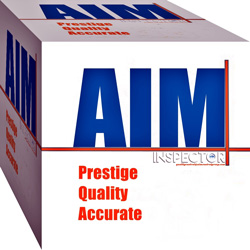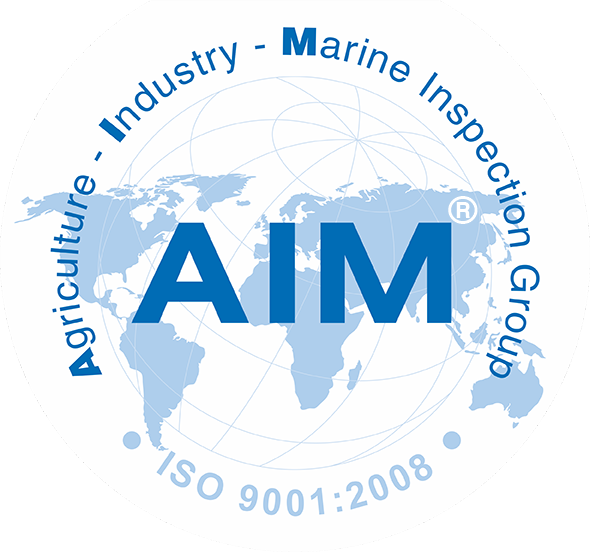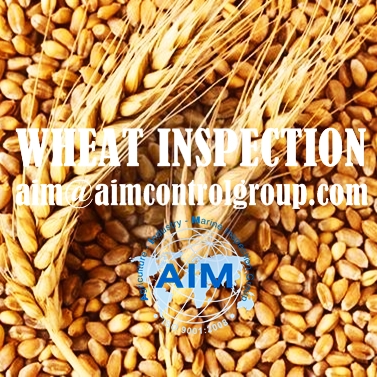Wheat quality inspection
Wheat quality inspection flour grain quality control
Treat quality control is an important factor for success and safety measures should be taken into consideration on the wheat, flour and grain on Weight control / Quality assurance.
Wheat quality inspection and flour grain quality control services to protect a customer’s brand, avoiding an harm to consumers, prevent losses and complaints in business.

Wheat quality inspection services
-
Samples & Testing
-
Inspection and supervision
-
Survey and consultant
-
Tally of quantity and control of shipment’s weight
-
Certificates and approval reports in warranty
-
Investigation and adjusting on claim
Purposes of Wheat weight and quality inspection services
-
Safety
-
Standard
-
Sustainability
-
Moisture
-
Test weight
-
Experimental milling
-
Ash
-
Whiteness
-
Protein
-
Falling number
-
Damage starch
-
Wet gluten
-
Rheological analysis
-
Baking test
-
Warranty of weight / shipment

Benefits
-
to improve the quality of their final products
-
in meeting customer’s expectations
-
to gain a major position in the market.
-
the product has an effect on human lives; whereas quality becomes the safety
-
Prevention loss / damage and claim
-
Protect your rights in any claim or loss from arisen accident / incident in trading, production and shipping
Some tests and quality controls at lab.
Polymerase chain reaction (PCR)-based detection methods
Methods that rely on DNA-based polymerase chain reaction (PCR) procedures and particularly for the detection or quantification of GMOs.
Electronic noses
One component of the inspection process is the evaluation of the headspace above the grain for presence of off odors caused by molds, insects, straw, herbs and other non-grain species, insects, decay, and odors from other contamination sources.
Reliance on the human nose for inspection has the drawback of disagreement among individual inspectors’ perceptions of odors, as well as a health risk associated with the inhalation of the spores and vapors arising from the grain sample.
X-ray imaging for internal insects
Research on the use of x-rays to detect insect eggs and larvae within the kernel has been ongoing for more than 50 years ago
Human Visual Analysis
Visual inspection of the grain lot as a whole, as well as careful inspection of a representative sample. The reason why the challenge is so great lies in the diversity of conditions to be examined, which include broken and shriveled kernels, immature kernels, heat-damaged and frost-damaged kernels, staining, insect-damaged kernels, stored grain insects, ergot, mould-damaged kernels, foreign seeds, foreign matter, non-threshed grains, sprouted kernels and kernels of other classes.
Mycotoxins in Corn: Occurrence, Impacts, and Management
ELISA (Enzyme-Linked Immunosorbent Assay)
Quality evaluation of cereal grains and grain products
Detection of sprouted wheat kernels
Reflectance spectra (1250–2390 nm) of two classes of western wheat
Measuring Grain Traits
Subjective Determination
The simplest and cheapest method to determine grain quality is to visually examine and smell the grain.
If the grain contains discolored kernels, insects, and/or has a bad odor, then its quality should be suspect, and the grain should be avoided or subjected to more rigorous tests.
Formal grading procedures that include quantifying discolored kernels, insect damage, and foreign matters
Measuring Basic Grain Traits
Scales (weighing balance) ∼2000 × 0.2 g accuracy or better
Dockage (defects) sieves
Density tester
Grain mats
Moisture tester (some include density testers)
Dockage (defects) tester
Sampler for taking grain samples form sacks or bulk containers
Measuring Additional Grain Quality Traits
Some buyers request additional information such as protein content and toxin levels so they can produce a safe and high-quality product such as protein, moisture, oil, and starch contents.

The sites and fields where quality controlled and inspected on Wheat and Flour grain
-
Farms
-
Stocks and Storages warehouses
-
Trucks and wagons
-
Barges and Ships
-
Containers and land transport
-
Ports and Berthing yards
-
Shipping and carriage
-
Market and trading
-
Logistics and Supply chain
-
Any local
Other news :
- Fruits quality control and certification
- Quality potato inspection and certification
- Collateral Management International
- Coffee Inspection
- Reefer cargo inspection services
- Global nuts and seeds quality control inspection
- QA QC on animal feed ingredients in aquaculture feed
- Agricultural products quality assurance aquaculture quality control
- Quality inspection Meat and bone meal
- Agricultural commodities quality inspection services







